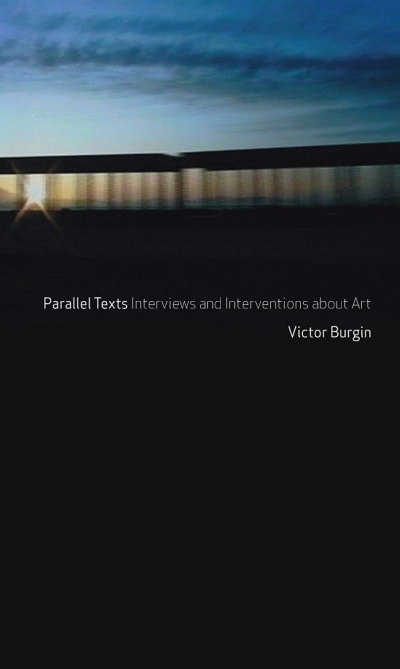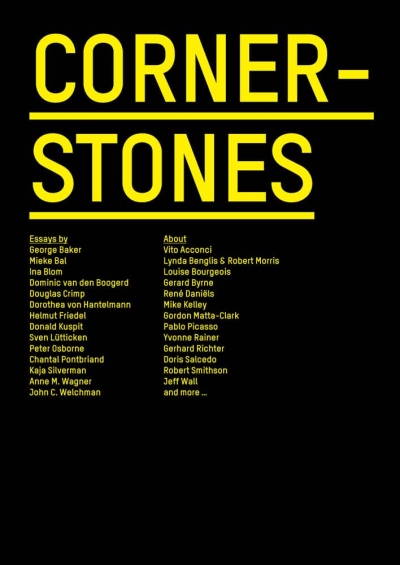
IDEA 402. Opening paths with small press publishing: Independent Publisher and Future of Distribution in Japan
This issue’s feature will take a look behind the scenes of publishing. The world behind the words you read in the book you’re holding publishers, the people involved in the book’s production, locale, and details don’t really have any direct effect on the enjoyment you would derive from the book itself. The world is full of books; for those of us who want to read certain books at certain times, the work of those behind the publishing scene is as essential to us as the infrastructure that supports our daily lives. These past few years have brought with them a breakdown of norms. Gone are the bookshops we knew, and steadily fall the numbers of magazines and books published; we’re left with an anxiety surrounding the future of the publishing industry in Japan. Who is here to take on the task of weaving words, binding books, and circulating the publications to our future generations? This issue will focus on independent publishers opening paths for the future of publishing.
Even in the publishing industry in Japan and it’s chronic recession, the last few years has brought with it some encouraging news like the stay-at-home demand and digital comic sales driven by the corona pandemic. The paper publishing market continues to shrink however; the past 20 years has seen the number of bookstores nationwide plummeting to half, and the total number of publishers decreasing by around 40%. This is directly related to the decline in sales, and has also affected the performance of intermediaries handling the distribution of books between publishers and booksellers, which has occasionally led to bankruptcies. It is now evident that the Japanese distribution system is not viable anymore.
On the other hand, independent publishers also known sole-proprietorship publishers or small press continue to make their presence felt. Major publishers are focused on wide circulation and shackled to the idea of producing books based on thin profit margins; but unlike these companies, small press publishers produce books they truly find both interesting and deserving of being published; these small businesses work hard to reach their readership, even with the limited channels available to them. Small presses are often only supported by a single, or a few staff members at most.
With the internet and the spread of alternative distribution and sales routes through minor companies, books from small press publishers are more easily available through regular bookstores and online shops like Amazon. In recent years, encouraged with the growing number of independent bookstores and leveraging of information on social media, independent publishing businesses have established themselves as an alternative way to publish and sell books to an online audience.
This feature is focused on interviews with these publishers, the books with unique perspectives, themes, and book formats that they publish, and their attitudes toward publishing. Among the seven sole proprietorships and publishers introduced here̶ rn press, Seki Shobo, Inu no senaka-za, Shoshikankanbou, etc.books, and Minato no Hit0 some have only been around for five years, some have rejected the growth path and remain as sole proprietorships, and others have already reached their 20-year mark. Even with differences in scale and years of experience, all work towards the same goal of opening publication paths and building connections.
We have also asked three people to contribute their overlooking opinions of publishing and distribution in Japan to this feature: a long-time observer of the Japan publishing industry Akira Nagae, the bookshop Title (Ogikubo area, Tokyo) owner Yoshio Tsujiyama, and intermediary service Transview’s manager Hideyuki Kudo. In addition, we’re also including an essay from the book design historian Shoji Usuda, which attempts to connect Japan’s modern publishing history with the greater history of bookbinding. The second half contains a selection of books recommended by booksellers and publishing professionals in the hope that it will draw attention to not only the books but the publishers behind them as well.
Although, due to space reasons, we have been limited to the number of publishers we were able to interview for the feature, our initial research began with a list of over 50 to choose from. Even as you’re reading this feature, there are new publishers striking their roots in Japan. The shift trends from large publishers to small press, but publishing is still open to everyone.

































































































